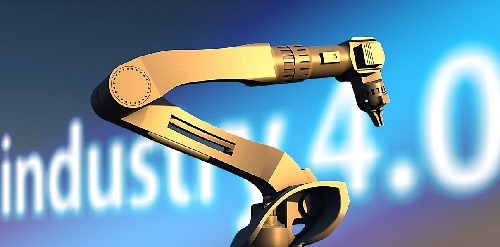
Germany is scheduled to launch the 5th generation equipment and infrastructure (5G) in the year 2020. The future network will enable very high data rates and be a so called “tactile internet,” that is to say, it will be capable of reaction times of less than a millisecond that are no longer perceptible for humans.
An important aspect of TACNET 4.0 is the secure transfer of data with minimal delay between local and multi-site users, for example, for remote control of equipment. Prof. Dr. Hans Schotten is head of the research department for Intelligent Networks at the German Research Center for Artificial Intelligence (DFKI) in Kaiserslautern and coordinator of TACNET 4.0. He explains: “Demanding and, until now, impossible to implement scenarios in process and manufacturing automation will be enabled by innovative 5G technologies. Such a scenario might be the remote control of mobile equipment or robots that are designed to operate in dangerous environments or the operation requires experts that are not locally available. The project is investigating new approaches like Big Data analytics, Edge-Cloud supported real time control, and remote services.”
Dr. Peter Rost, Nokia Bell Labs, added: “The tactile internet is key to the comprehensive networking of humans and things, as this technology will contribute to added industrial value and facilitate everyday living for people. Nobody is developing the application scenarios of tomorrow in isolation. It takes extensive cooperation among various branches of industry. We are very pleased that we are able, together with our TACNET4.0 partners, to drive this development of the tactile internet.”
The greatest challenge facing TACNET 4.0 is to integrate future 5G networks and other current as well as new industrial communications systems to support a wide range of industrial applications, including the integration of field bus systems. TACNET 4.0 relies on open interfaces, so that network functions can be expanded, for example, through apps. Additionally, initial attempts are being undertaken to use mobile wireless networks for wide area coverage, instead of only the current local wireless sensor networks or WLAN.
In addition to DFKI and Nokia Bell Labs, the TACNET consortium includes ABB Research Center, Ascora GmbH, Robert Bosch, CommSolid, Götting KG, Institute Industrial IT (inIT) of the OWL University of Applied Sciences in Lemgo, MECSware, NXP Semiconductors Germany, OTARIS Interactive Services, University of Dresden, University of Bremen as well as associated partners: BASF, Busch-Jaeger, Hirschmann Automation and Control, Innoroute, Phoenix Contact Electronics, Vodafone Germany, VDMA (Mechanical Engineering Industry Association), and it’s OWL (it’s OWL stands for Intelligent Technical Systems OstWestfalenLippe).
